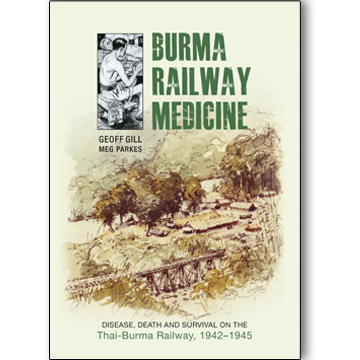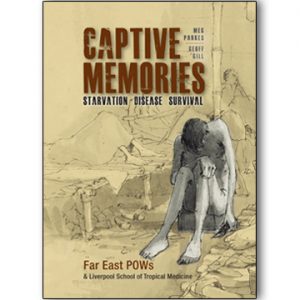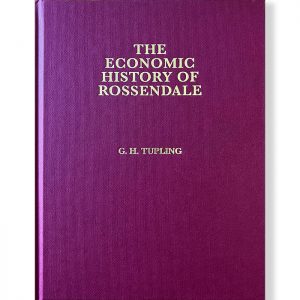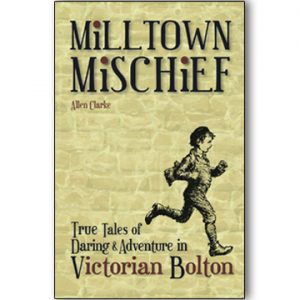Description
The ‘Death Railway’ was very well named. More correctly called the Burma or Thai–Burma Railway, it was a major project during Allied Far East imprisonment under the Japanese. Over 60,000 prisoners worked on its construction, the majority of whom were British, and some 20 per cent died before release in 1945. Working conditions were appalling, the climate inhospitable, and food supplies
grossly inadequate, making the POWs terribly vulnerable to a plethora of tropical infections and syndromes of malnutrition. The Japanese captors provided no medical care. It fell to the Allied POW doctors and medical orderlies to treat the sick, which they did with little in the way of medical equipment or drugs. However, with remarkable ingenuity and inventiveness they dealt with
recurrent attacks of malaria and dysentery, as well as tropical ulcers and beriberi, and devastating epidemics of cholera. Their efforts undoubtedly saved hundreds of lives.
This revealing book presents for the first time an in-depth analysis of the medical crisis in the Allied prisoner of war (POW) camps on the Thai–Burma Railway, between 1942 and 1945. While it is written mainly from a British perspective, the authors acknowledge the contributions made by the many different nationalities of medical staff working together.
Geoff Gill and Meg Parkes
Imprint: Palatine Books
ISBN: 978 1 910837 09 2
Binding: paperback
Extent: 272 pages
Format: 243mm x 169mm
Illustrations: over 60
Pub date: 10 May 2017








David Vassallo –
Burma Railway Medicine: Disease, Death and Survival on the Thai-Burma Railway, 1942-1945,
by Geoff Gill and Meg Parkes
Paperback, 272 pages
Palatine Books
May 2017
Imagine you had to choose only one book to learn as much as possible about the moving tale of the Far East Prisoners of War captured at the Fall of Singapore in the Second World War and what happened to them thereafter. You need look no further than Burma Railway Medicine. This compellingly readable, thoroughly researched, well illustrated and up-to-date tour-de-force by Geoff Gill and Meg Parkes from the Liverpool School of Tropical Medicine fits the bill perfectly.
Burma Railway Medicine pays due tribute to the remarkable efforts of the doctors and medical orderlies of the Royal Army Medical Corps (RAMC), amongst others. They struggled ceaselessly to carry out their life-saving work with minimal facilities and, remarkably, to document it meticulously and scientifically under the most extreme of circumstances during three gruelling years of captivity in pestilential jungle camps.
The book describes the genesis of several of the scientific works published in the Lancet and elsewhere immediately after the war, such as those by de Wardener on cholera, Wilson and Reid on malaria and nutrition, and Markowitz on amputation for tropical ulcer, which are classics in observational research. Indeed, the book could justifiably have been sub-titled ‘Steadfast in Adversity’, the translation of the RAMC motto, In Arduis Fidelis. Never was a motto so apt, or so lived up to.
Having just retired after serving in the RAMC myself for the last 34 years, reading this book was a truly humbling and inspiring experience, making me very proud of these forebears, even if they were admittedly ‘rather a mixed crowd’ whose experience and training varied immensely. Many lives were saved through invention and innovative techniques, by good disciplined organisation of medical services, and positive response to adversity.
A feature I particularly enjoyed is that the conclusions of the chapters collectively make a very readable history on their own. Many of the lessons learned the hard way by the medics in Thailand and Burma, and through the ongoing care and research thereafter into nearly ubiquitous post traumatic stress disorder and the persistent effects of captivity, tropical diseases, vitamin deficiencies and malnutrition, remain surprisingly relevant today.
Burma Railway Medicine should be required reading for all military doctors, for all infectious disease practitioners, and for military and medical historians.
David Vassallo
February 2018
Published online at http://www.bshm.org.uk